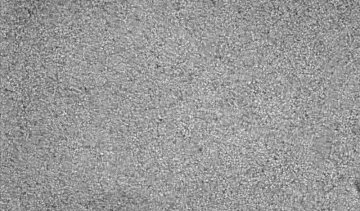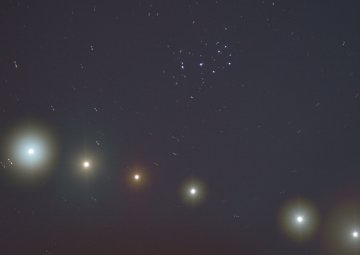 Did you miss last night's auroras? Next time get a wake-up call from Spaceweather PHONE.
Did you miss last night's auroras? Next time get a wake-up call from Spaceweather PHONE.
ASTEROID FLYBY: On April 16th, asteroid 2007 GU1 will fly past Earth. There's no danger of a collision. The 50 meter-wide space rock will be 500,000 miles away at closest approach, about twice the distance to the Moon. An asteroid about this size may have caused the Tunguska explosion of 1908 when a meteoritic airburst leveled 800 sq. miles of Siberian forest. Such an impact occurs every thousand years or so, researchers believe. 2007 GU1, fortunately, is one of the misses.
DISAPPEARING SUNSPOT: Yesterday a tiny sunspot materialized and, only two hours later, disappeared again. The brief apparition of "sunspot 951" interrupted a string of blank suns lasting nearly 11 days. A new string is beginning. This morning in Slovakia, Pavol Rapavy photographed yesterday's sunspot and...

...found nothing!
The limb of the sun is another matter. Amateur astronomers are monitoring several lively prominences. "Today I made this 2-hour movie using my Coronado SolarMax60," says Joel Bavais of Ath Belgium.
more images: from Emiel Veldhuis of Zwolle, the Netherlands.
JUST PASSING BY: Venus has spent the last week gliding by the Pleiades star cluster. Photographer Günther Strauch of Borken, Germany, combined six pictures he took on the 8th, 9th, 11th, 12th, 13th and 14th of April to create this composite:

Photo details: Canon EOS 20D, 135 mm focus, ASA 400
The fuzzy balls of light around Venus are coronas, produced by tiny water droplets in thin clouds or mist, which scatter the light of the planet beyond. The coronas vary in color and size from night to night depending on the characteristics of water in the air.
Alert: The crescent Moon will join this scene on April 19th when it glides directly between Venus and the Pleiades. Mark your calendar and don't forget to look: finder chart.

